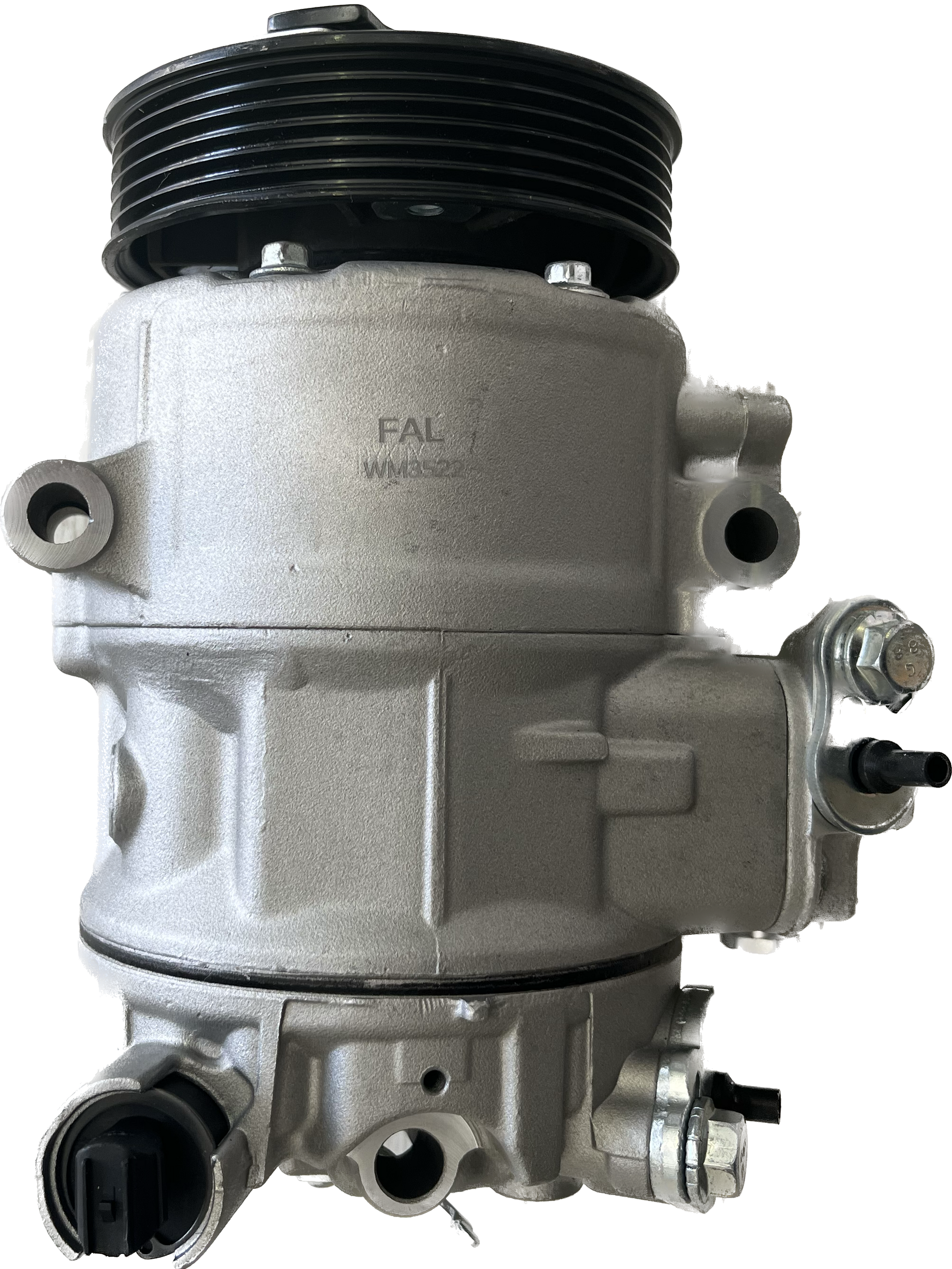Trust a premium clp engine for heavy-duty use.
How a Clp Engine Can Boost Effectiveness in Numerous Industries
The introduction of CLP engines notes a significant shift in functional effectiveness across different industries, driven by their capacity to enhance fuel intake and minimize downtime. As organizations progressively prioritize sustainability together with performance, the role of CLP engines ends up being even a lot more essential.
Summary of CLP Engines
CLP engines, or Continual Fluid Propellant engines, represent a substantial innovation in propulsion innovation, particularly for area applications. These engines use a continuous feed system that permits the sustained expulsion of propellant, bring about enhanced performance and performance compared to typical strong or hybrid propulsion systems. By keeping a continuous circulation of liquid propellant, CLP engines can achieve extra accurate thrust control, which is crucial for maneuvering spacecraft in various objective situations.
The style of CLP engines incorporates innovative products and innovative gas management systems. clp engine. This results in lowered weight and increased reliability, essential elements for long-duration area objectives. Furthermore, the continual operation minimizes the risk of combustion instability, a common challenge in standard rocket engines.

Advantages in Manufacturing
The production of Continual Fluid Propellant (CLP) engines provides a number of significant advantages that improve both efficiency and cost-effectiveness. Among the key benefits is the streamlined manufacturing procedure, which decreases the intricacy related to traditional propulsion systems. By making use of fluid propellant, makers can attain higher precision in engine efficiency, resulting in enhanced energy result and reduced waste.
In addition, CLP engines assist in a higher level of modularity, permitting simpler integration right into numerous manufacturing lines. This adaptability can substantially lower lead times and enhance general operational flexibility. The use of CLP innovation additionally has a tendency to decrease the requirement for considerable upkeep because of less moving parts, which converts into minimized downtime and functional expenses.

Applications in Logistics
Leveraging Continuous Liquid Propellant (CLP) engines in logistics supplies considerable advantages in functional effectiveness and dependability. These engines offer a durable option for numerous transport requirements, making it possible for the smooth motion of products throughout huge distances. The intrinsic layout of CLP engines permits for constant power output, which equates right into smoother and a lot more foreseeable transport schedules.
One of the crucial applications of CLP engines in logistics is in heavy-duty freight transport, where they can drive both ground and airborne vehicles. Their ability to maintain high efficiency under varying tons problems makes certain that shipment timelines are fulfilled, consequently boosting customer complete satisfaction. Furthermore, CLP engines can be integrated right into automated logistics systems, assisting in real-time monitoring and maximizing route planning.
Moreover, the sturdiness of CLP engines minimizes maintenance downtime, enabling logistics companies to optimize their functional capabilities. This is particularly beneficial in warehousing procedures, where effectiveness in taking care of and carrying goods is crucial. As logistics proceeds to progress, the integration of CLP engines represents a forward-thinking approach that not just boosts efficiency but likewise supports the industry's growing needs for reliability and rate.
Impact on Energy Efficiency
How do Constant Liquid Propellant (CLP) engines boost power performance in transportation? CLP engines use a consistent flow of fluid fuel, enhancing combustion processes and maintaining a stable thrust outcome. This design decreases energy losses associated with conventional combustion engines, where gas distribution can vary and bring about ineffectiveness.
The constant operation of CLP engines allows for a more effective thermal cycle, leading to higher specific impulse compared to conventional engines. clp engine. This translates to lowered gas consumption for the same quantity of job done, dramatically lowering functional costs throughout different transport sectors, including aviation and maritime markets
Moreover, the capacity of CLP engines to preserve optimum Check This Out performance under varying tons problems decreases the requirement for frequent acceleration and deceleration, even more boosting gas efficiency. Enhanced energy effectiveness not just adds to set you back financial savings however also results in reduce greenhouse gas discharges, aligning with international sustainability goals.
Future Trends and Innovations
Emerging improvements in Constant Fluid Propellant (CLP) engine modern technology assurance to transform the landscape of transportation performance and sustainability. As markets pivot toward greener options, CLP engines stand at the forefront, incorporating cutting-edge materials and layout approaches that enhance performance while decreasing ecological impact.
One of the most appealing trends is the fostering of crossbreed systems that combine CLP engines with renewable resource resources. This synergy can enhance fuel intake and decrease discharges, lining up with international sustainability objectives. Developments in computational liquid dynamics (CFD) are assisting in the design of more aerodynamically effective engines, leading to minimized drag and enhanced fuel efficiency.
Moreover, the growth of clever surveillance systems is readied to enhance operational performances. These systems leverage data analytics and IoT technology to optimize engine performance in real-time, making certain that the engines run within their most reliable parameters.
As study continues to explore alternate you could try these out propellant formulas-- such as biofuels and synthetic fuels-- the future of CLP engines looks appealing. By utilizing these advancements, industries can not just enhance their efficiency but also contribute dramatically to a cleaner, try this website extra sustainable future in transport.
Final Thought
Finally, CLP engines represent a significant innovation in performance across multiple markets. Their ability to optimize gas usage and decrease functional prices, incorporated with a continual feed system, boosts power result and functional dependability. The assimilation of innovative products and fewer moving parts decreases upkeep needs, while placement with sustainability goals settings CLP engines as a crucial technology for the future. Continued technology in this area promises further renovations in effectiveness and environmental efficiency.